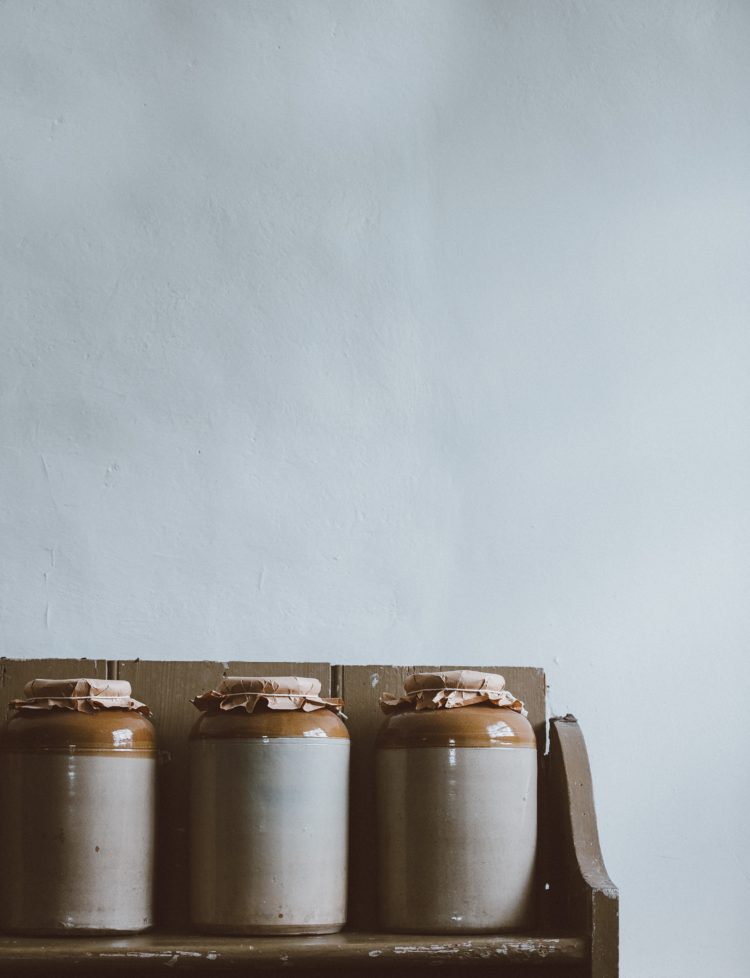Doing our weekly shopping is becoming more a trip to an unknown land…As we walk down isle two of the supermarket we quickly reach for our winter woollies, beanie’s and gloves to combat the cold before embarking into the foreign language of yoghurt marketing…full cream, light, diet, sugar free, natural fruits, cows, sheep, goats, soy, coconut, pot set, natural, unique… so how do we make this choice?
Why choose yoghurt?
Yoghurt can be a beneficial to a diet (coconut yoghurt can be a nice option for the vegan and dairy free people out there) however the wrong choice of yoghurt can provide you with a lot less benefits and in some cases make things a lot worse.
Our bodies need good and bad bacteria to survive. This healthy balance of bacteria provides us with healthy digestion and bowel movements, optimum immunity, remove toxins within our bodies and so much more! Choosing good quality yoghurt can assist us with providing mild levels of probiotic strains which can maintain a healthy gut environment. Please note that supplementation with probiotics may be needed in some people).
Remember it’s all about self control with yoghurt… we are only wanting 2 tablespoons every second day.to much of a good thing is a bad thing
Things to avoid
As you head into that cold isle remember to pack your reading glasses and inquisitive mind. When choosing your yoghurt you want to avoid high sugar, preservatives, artificial fruits nuts and yoghurt . Turn that tub over and read the ingredients…ingredients are listed in the largest quantities down to the littlest ingredient.
- SUGAR: We do not want sugar to be one of the first three ingredients. This is often added to into yoghurts to make them sweeter and more desirable … and therefore provide your bad bacteria the nutrients its needs to survive, grow and take over.
- FRUITS: fruits are often added into yoghurt to make things more time convenient and give the perception of healthy. Have a look at those ingredients and avoid the words “from fruit concentrate” “natural strawberries from concentrate” “2% blueberries”. This will often leave you with higher artificial sugars so the best option is the organic, biodynamic natural choice and add your own seasonal fruits, nuts and seeds.
- LONG INGREDIENT LISTS: yoghurt doesn’t need a 20 line ingredient list.. keep things simple and choose simple.
Things to include
- FULL FAT: Yoghurt is provides us with essential fat soluble nutrients, choosing the no fat, low fat option not only means that you will ingest many other nasties to make the yoghurt still taste like normal yoghurt but it also means you are not getting your fat soluble vitamins leaving your body with less fuel to get around and can acutely store more of it as fat to use later down the line. We are only wanting to have 2 tablespoons a day/second day
Healthy options
- ORGANIC: We are wanting to choose organic option where possible. Yes you will pay a few cents more but it means that the cows, sheep and goats will be free from antibiotics, hormones and other nasties which means you will be free from them too.
- STORE BOUGHT: when im not busy making my own I choose Jalna organic biodynamic pot set, Meredith dairy sheep milk yoghurt, alpine goats yoghurt, co –yo (coconut milk yoghut).
- MAKE YOUR OWN: making your own can be very simple!
Try using a Kefir starter kit for an extra probiotic benefit or this simple recipe:
You will need a double boiler and a good food thermometer. If you have a double boiler, sterilise it. If you don’t have a double boiler, a large pot with a smaller one inside it will do just as well — just make sure they’re sterile when you start.
- Pour about half a litre of milk into the top of the double boiler and heat the milk to 85°C. Once you have reached the correct temperature, remove the pot of milk and place in a sink filled with iced water to the same depth as the milk, to quickly cool the milk.
- Cool the milk to 43.5°C. This is the temperature at which the cultures will multiply.
- Once your milk is the correct temperature, add 2–3 tablespoons of shop-bought plain yoghurt (preferably biodynamic or at least organic).
- Your yoghurt should now be left undisturbed and kept warm for around 6-7 hours.
- The longer the yoghurt sets, the thicker and tarter it will be, so experiment with setting times to suit your taste, but 6-7 hours is a good place to start. Once your yoghurt is set (it will get thicker in the fridge) give it a good stir, pour into sterilized containers and place in the back of your refrigerator.
